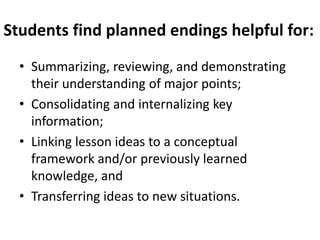How to Prepare for a Mid Career Change
Crafting a Compelling Resume and Cover Letter
Crafting a Powerful Resume
A well-crafted resume is crucial for showcasing your skills and experience to potential employers, especially when transitioning to a new career path. It's not just a list of past jobs; it's a concise narrative highlighting your accomplishments and demonstrating how your transferable skills align with the requirements of your target roles. Focus on quantifiable achievements, using action verbs to describe your contributions and impact. Clearly articulate the skills and experiences that are relevant to the specific job descriptions you're targeting. Tailor your resume to each application, highlighting the aspects most relevant to the particular position and company. Remember to proofread meticulously for any grammatical errors or typos, as a professional-looking resume reflects positively on your attention to detail.
Beyond the traditional resume format, consider incorporating a skills summary or profile section at the beginning. This allows you to quickly showcase your key competencies and provide a glimpse into your career trajectory. Emphasize your adaptability and willingness to learn new skills, which are often highly valued by employers during a mid-career transition. Use keywords from job descriptions to optimize your resume for applicant tracking systems (ATS), increasing the chances of your application being noticed by recruiters. Keep your resume concise and easy to read, using clear and consistent formatting to make it visually appealing and easy to scan.
Writing a Compelling Cover Letter
Your cover letter is your opportunity to go beyond the bullet points of your resume and truly demonstrate your enthusiasm and suitability for a specific role. It's your chance to connect with the hiring manager on a personal level and articulate your motivations for pursuing this particular career transition. Highlight specific aspects of the job description that resonate with your skills and experiences, demonstrating how your past accomplishments translate into future success in the new role. Showcase your understanding of the company and its values, demonstrating your genuine interest in the organization. Tailor each cover letter to the specific job you are applying for, referencing the company culture and demonstrating your understanding of their needs.
Explain how your unique skills and experiences, gained throughout your career, will contribute meaningfully to the company and the team. Clearly communicate your career goals and how this particular role aligns with your aspirations. Conclude by reiterating your interest in the position and expressing your eagerness to discuss your application further. Proofread carefully for any errors in grammar, spelling, or punctuation. A professional and error-free cover letter reinforces your commitment to the job application process.


![Guide to Learning About [Specific Topic, e.g., Climate Change]](/static/images/31/2025-05/TheUnfoldingImpactsofaChangingClimate.jpg)




![How to Ask for a Raise [Tips & Script]](/static/images/31/2025-06/FollowingUpandMaintainingaProfessionalRelationship.jpg)



